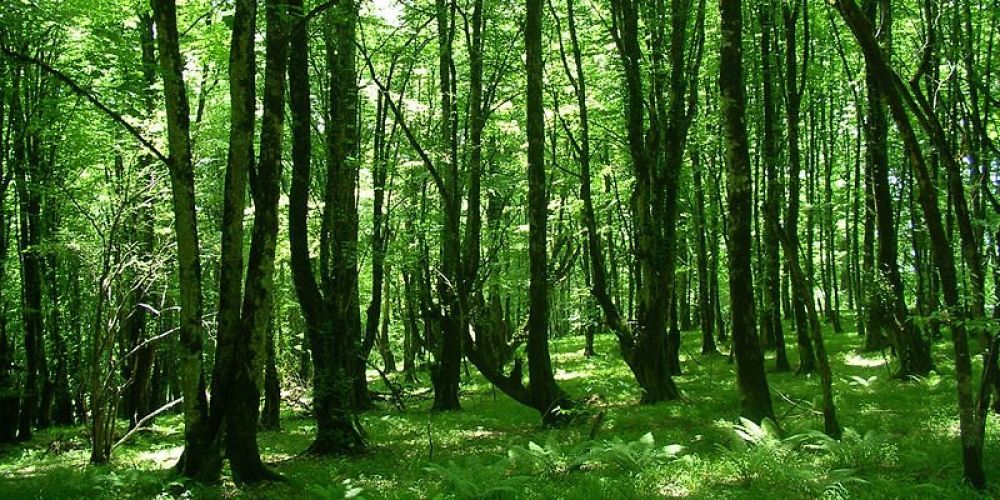

Hirkan National Park is situated in the Lankaran region in the southern part of Azerbaijan. Known for its rich biodiversity and unique subtropical climate, the park holds a special place in Azerbaijan's natural heritage. The history of tourism in Hirkan National Park has evolved over the years alongside national efforts to preserve and showcase the nation's environmental wonders.
While the region itself has been known historically for its lush landscapes and diverse ecosystems, Hirkan National Park was officially established in 2004. It aimed to protect the remnants of the once vast Caspian Hyrcanian Mixed Forests that are critically unique to the area. Initially, the park covered an area of approximately 29,000 hectares, but it was later expanded in 2008 to encompass over 40,000 hectares, highlighting the increased commitment to conservation and ecotourism.
The park's formal recognition as a national park was pivotal in putting it on the map for local and foreign tourists alike. Efforts were made to enable visitors to explore the region responsibly without disturbing the delicate ecosystems in place.
Over the years, infrastructure development within and around Hirkan National Park has been a primary factor in the growth of tourism. Enhancement of transportation links, including roads leading to the park, has made it more accessible to wider audiences. Facilities such as visitor centers, guided tours, and ecological education programs have become increasingly available, aiming to provide guests with informative and enriching experiences.
The introduction of hiking trails and observation points within the park has allowed travelers to engage with the environment more intimately, fostering a deeper appreciation for conservation efforts.
In recent years, the global trend towards ecotourism and sustainable travel has influenced Hirkan National Park's tourism strategies. Emphasis on minimal impact tours, supporting local communities by promoting local handicrafts, and educating visitors on biodiversity conservation have become significant components of the tourism experience.
Capacity-building initiatives for local guides and ensuring that tourism benefits the regional economy have been successful in aligning tourism growth with sustainable development goals.
The unique biodiversity of Hirkan National Park is undoubtedly a major draw for tourists. Home to rare species such as the Caucasian leopard, Persian leopard, and various endemic plant species, the park offers a glimpse into an ecosystem that exists nowhere else on Earth. Birdwatching, in particular, has blossomed as a key activity, with enthusiasts traveling to spot some of the rare avian species that inhabit the park's forests.
Moving forward, tourism in Hirkan National Park is poised to embrace new technological advancements like virtual tours and online conservation workshops. These initiatives aim to expand the reach of the park's natural beauty and educational resources while continuing to prioritize ecological integrity and sustainable tourism practices.
Efforts are being put into enhancing the regional economy through tourism while ensuring the park's ecosystems remain untouched and pristine for future generations. The careful balancing act between accessibility and preservation remains at the forefront of Hirkan National Park's tourism agenda, promising a responsible growth trajectory for tourism in Lankaran, Azerbaijan.